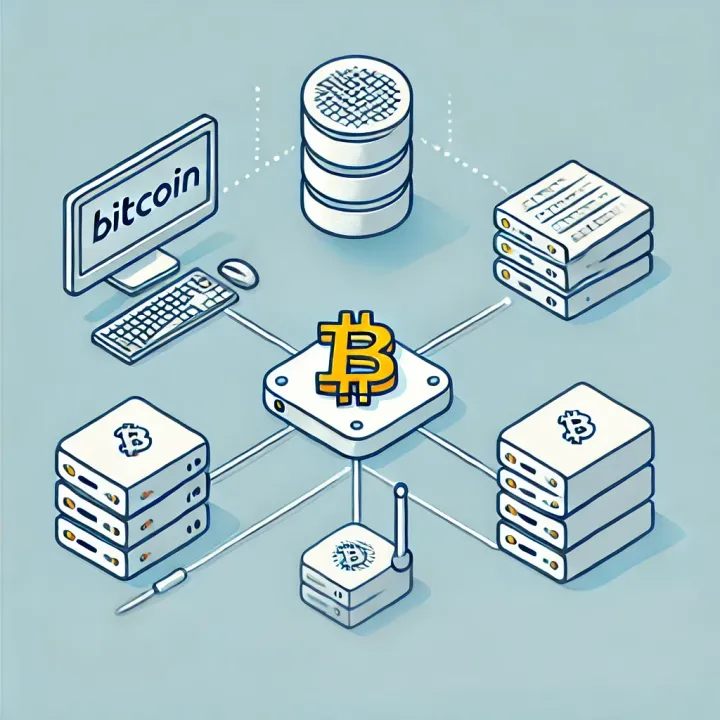Understanding Bitcoin Node RPC
Running a Bitcoin node might seem technical, but at its core, it’s about joining the backbone of the Bitcoin network. When you run a node, you’re validating transactions, adding to network security, and you have your own gateway to Bitcoin’s entire blockchain

Table of Contents.
- Introduction to Bitcoin Nodes and RPC Endpoints
- What Exactly is a Bitcoin Node?
- Why Run Your Own Node?
- Meet the Bitcoin RPC Endpoint
Introduction
Hi,
I am starting article series (as part of my hobby project) about running Bitcoin node. But firstly let's take a look into what Bitcoin Node is and why you want to run it.
Running a Bitcoin node might seem technical, but at its core, it’s about joining the backbone of the Bitcoin network. When you run a node, you’re validating transactions, adding to network security, and you have your own gateway to Bitcoin’s entire blockchain. This gateway, or RPC endpoint, is what connects your projects directly to the blockchain without relying on third-party data providers.
What Exactly is a Bitcoin Node?
A Bitcoin node is any computer running Bitcoin software, which helps in verifying and relaying transactions across the network. Full nodes, which store the entire blockchain, act as the guardians of Bitcoin’s decentralization. Running one yourself gives you direct access to Bitcoin data, eliminates the need for outside data providers, and lets you keep your operations private and independent.
Why Run Your Own Node?
Running a Bitcoin node gives you the autonomy to interact with blockchain data on your terms. Imagine not needing to depend on an API from a major provider—your node is your API. It’s stable, reliable, and free from throttling or limitations on data access.
For developers, analysts, or anyone needing detailed, real-time blockchain data, having this control makes a huge difference in data access and security. Plus, you’re helping secure the Bitcoin network, an added bonus for those of us who believe in Bitcoin’s decentralized vision.
Meet the Bitcoin RPC Endpoint
Now, the RPC (Remote Procedure Call) endpoint is what lets you communicate with your node. Through the RPC, you can execute commands that access blockchain data, like pulling transaction info or querying specific blocks. Here’s a taste of what you can do:
- Fetch blockchain info: Pull details on the blockchain’s current status.
- Get specific transactions: Access raw transaction data by ID.
- Check node and network stats: Retrieve statistics directly from your node.
Each of these commands helps you gain real-time insight, making it invaluable for developers and data analysts alike.
What’s Next?
We’ll dig into setting up your Bitcoin node on Kubernetes (it's easy), configuring the RPC endpoint, and ensuring it runs reliably over time. We’ll break it down to make running your node and interacting with the blockchain accessible, whether you’re new to Bitcoin or experienced in the crypto space.


